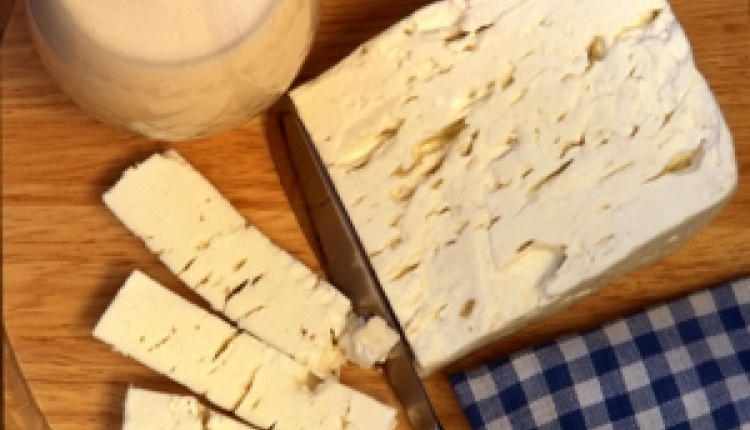Follow us in a tour to each region that has developed its own special varieties of cheese. Nothing conjures up the dreamy images of Greece better than the Aegean, home to countless islands big and small and to cooking traditions as old as Homer.
Islanders have their unique existence, defined by the deepest bond to place and familial roots, in common with one another, regardless of whether they come from places as off-the-beaten track as Ikaria or as cosmopolitan as Rhodes or Santorini.
Let’s take a tour in the Aegean, specifically in the Northeastern Aegean, where cheeses vary. Manoura from Sifnos is aged in wine dregs; Kalathaki from Limnos, a lovely basket-shaped, goat's milk white brine cheese, akin to feta, takes its name from the basket (=kalathaki) that is used to produce it.
Moving further down, we meet the Dodecanese cheeses, such as Krassotyri and Sitaka. Krassotyri is a specialty of Kos. A log-shaped, ribbed wine-soaked cheese that in recent years has begun its trip off the island. This similar wine-soaked cheeses are also produced in Nyssiros and Leros. Sitaka, one of the most unusual dairy products in Greece, is a tart, creamy spread, not unlike yogurt cheese, made from slightly fermented sheep's and/or goat's milk, which has been salted slightly and reduced over low, traditionally wood-burning fire. It is a specialty of Kassos and served with a delicious local pasta dish together with caramelized onions.
Now let’s move a little towards the Cyclades, to meet the Cyclades cheeses. . San Mihalis in Syros island, also a PDO cheese? Manoura of Sifnos’, with a pinkish hue and dark, winy aroma? Chloro from Santorini, to be eaten either fresh (and soft), or aged over pasta? You just name it!
To read more, please see visitgreece.gr



